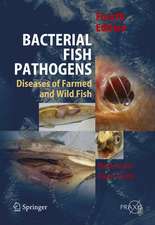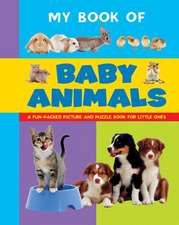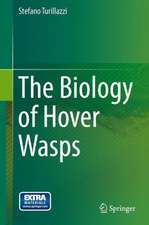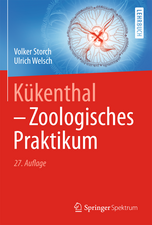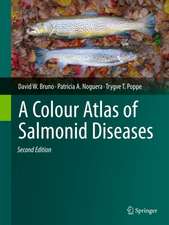Searching Behaviour: The behavioural ecology of finding resources: Chapman & Hall Animal Behaviour Series
Autor W. J. Bellen Limba Engleză Hardback – 31 ian 1991
| Toate formatele și edițiile | Preț | Express |
|---|---|---|
| Paperback (1) | 1220.57 lei 6-8 săpt. | |
| SPRINGER NETHERLANDS – 29 oct 2012 | 1220.57 lei 6-8 săpt. | |
| Hardback (1) | 1226.73 lei 6-8 săpt. | |
| SPRINGER NETHERLANDS – 31 ian 1991 | 1226.73 lei 6-8 săpt. |
Preț: 1226.73 lei
Preț vechi: 1496.01 lei
-18% Nou
Puncte Express: 1840
Preț estimativ în valută:
234.81€ • 255.14$ • 197.37£
234.81€ • 255.14$ • 197.37£
Carte tipărită la comandă
Livrare economică 21 aprilie-05 mai
Preluare comenzi: 021 569.72.76
Specificații
ISBN-13: 9780412292101
ISBN-10: 0412292106
Pagini: 358
Ilustrații: XII, 358 p.
Dimensiuni: 155 x 235 x 22 mm
Greutate: 0.7 kg
Ediția:1990
Editura: SPRINGER NETHERLANDS
Colecția Springer
Seria Chapman & Hall Animal Behaviour Series
Locul publicării:Dordrecht, Netherlands
ISBN-10: 0412292106
Pagini: 358
Ilustrații: XII, 358 p.
Dimensiuni: 155 x 235 x 22 mm
Greutate: 0.7 kg
Ediția:1990
Editura: SPRINGER NETHERLANDS
Colecția Springer
Seria Chapman & Hall Animal Behaviour Series
Locul publicării:Dordrecht, Netherlands
Public țintă
ResearchCuprins
One Introduction.- 1 Theoretical framework.- Two Information for the Localization and Assessment of Resources.- 2 Orientation cues: information for searching.- 3 Scanning mechanisms.- 4 Initiating factors: when to search.- 5 Assessment mechanisms: resource, patch and habitat selection.- Three Search Mechanisms.- 6 Locating patches and distant resources.- 7 Restricting search to a patch.- 8 Foraging in the most profitable patches and leaving when profitability declines.- 9 When to return to a resource patch.- 10 Learning to forage efficiently.- 11 Exploratory behaviour.- 12 Central place foraging.- Four Sources of Variability.- 13 External environment.- 14 Internal environment.- 15 Genetic factors.- 16 Ontogenetic and maternal influences.- Five Methodology.- 17 Analysing search tracks.- 18 Computer simulations of search behaviour locomotory patterns.- References.
Recenzii
it can be recommended to anyone interested in learning about the background to this field of research - The Biologist





